
Sarah Zielinski
Editor, Print at Science News Explores
Sarah Zielinski wanted to be a marine biologist when she was growing up, but after graduating from Cornell University with a B.A. in biology, and a stint at the National Science Foundation, she realized that she didn’t want to spend her life studying just one area of science — she wanted to learn about it all and share that knowledge with the public. In 2004, she received an M.A. in journalism from New York University’s Science, Health and Environmental Reporting Program and began a career in science journalism. She worked as a science writer and editor at the Journal of the National Cancer Institute, the American Geophysical Union’s newspaper Eos and Smithsonian magazine before becoming a freelancer. During that time, she started her blog, Wild Things, and moved it to Science News magazine, and then became an editor for and frequent contributor to Science News Explores. Her work has also appeared in Slate, Science, Scientific American, Discover and National Geographic News. She is the winner of the DCSWA 2010 Science News Brief Award and editor of the winner of the Gold Award for Children’s Science News in the 2015 AAAS Kavli Science Journalism Awards, “Where will lightning strike?” published in Science News Explores. In 2005, she was a Marine Biological Laboratory Science Journalism Fellow.

Trustworthy journalism comes at a price.
Scientists and journalists share a core belief in questioning, observing and verifying to reach the truth. Science News reports on crucial research and discovery across science disciplines. We need your financial support to make it happen – every contribution makes a difference.
All Stories by Sarah Zielinski
-
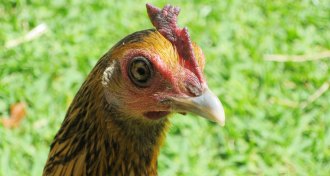 Animals
AnimalsThe dinosaurs in the backyard
Chickens are some of the closest relatives of dinosaurs, and though genetic tinkering the birds might even one day be turned into tiny dinos.
-
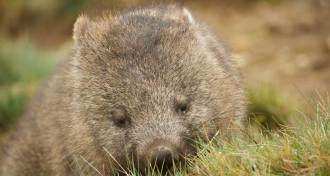 Animals
AnimalsAustralia’s unexpectedly dangerous creatures
Australia is home to an array of deadly things — from crocodiles to venomous snakes — but dangers can also be found among seemingly safe critters.
-
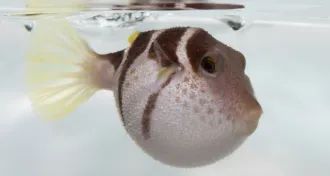 Animals
AnimalsThat puffed-up pufferfish isn’t holding its breath
Pufferfish can breathe just fine even when they puff themselves out with water, a new study finds.
-
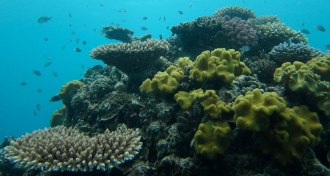 Climate
ClimateResilience protects corals from hurricanes — and climate change
Coral reefs have evolved to be resilient in the face of hurricanes that can devastate human populations. But climate change is reducing the ability of reefs to bounce back from disaster.
-
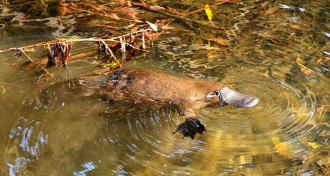 Animals
AnimalsPlatypuses are full of mystery
With duck bills, webbed feet and venomous spikes, platypuses are one of the weirdest animals you’ll ever be lucky enough to see.
-
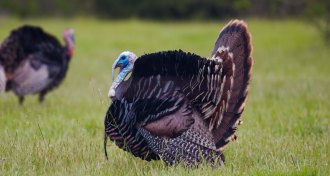 Animals
Animals10 bites of turkey trivia for your holiday meal
Will turkeys really drown if they look up in a rainstorm? Can they fly? Where did the domestic turkey come from? Learn answers to these questions and more.
-
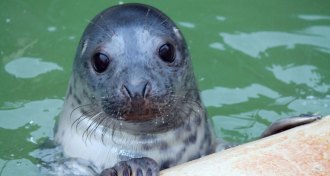 Animals
AnimalsScientists’ tags on fish may be leading seals to lunch
In an experiment, 10 young grey seals learned to associate the sound of a pinging tag with fish. The tags may make fish vulnerable to predators, scientists say.
-
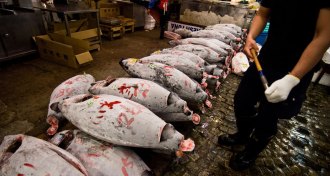 Life
LifeTasty animals end up on latest list of threatened species
Growing food market lands several species, including Pacific bluefin tuna and Chinese pufferfish, on the IUCN Red List of Threatened Species.
-
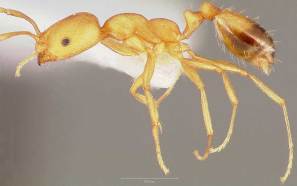 Animals
AnimalsAnt colonies prefer homes infected with fungus
Choosing a new nest site ridden with a potentially deadly fungus may be a way for pharaoh ants to immunize themselves against the pathogen, scientists say.
-
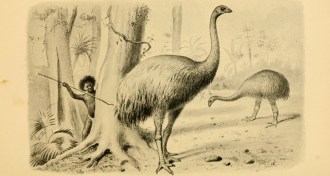 Animals
AnimalsFew humans were needed to wipe out New Zealand’s moa
A new study finds that the Maori population was still small when it managed to drive several species of large, flightless birds extinct.
-
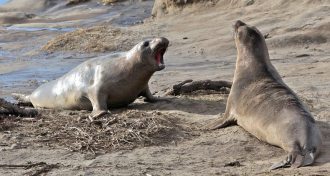 Animals
AnimalsJust enough fat is good for an elephant seal
Fat affects the buoyancy of marine mammals. As elephant seals get fatter, they can spend less energy swimming and more time foraging, a new study finds.
-
 Animals
Animals‘Animal Weapons’ examines evolution of natural armor
Biological arms races have led to the evolution of horns, tusks and other extreme armament in the natural world.